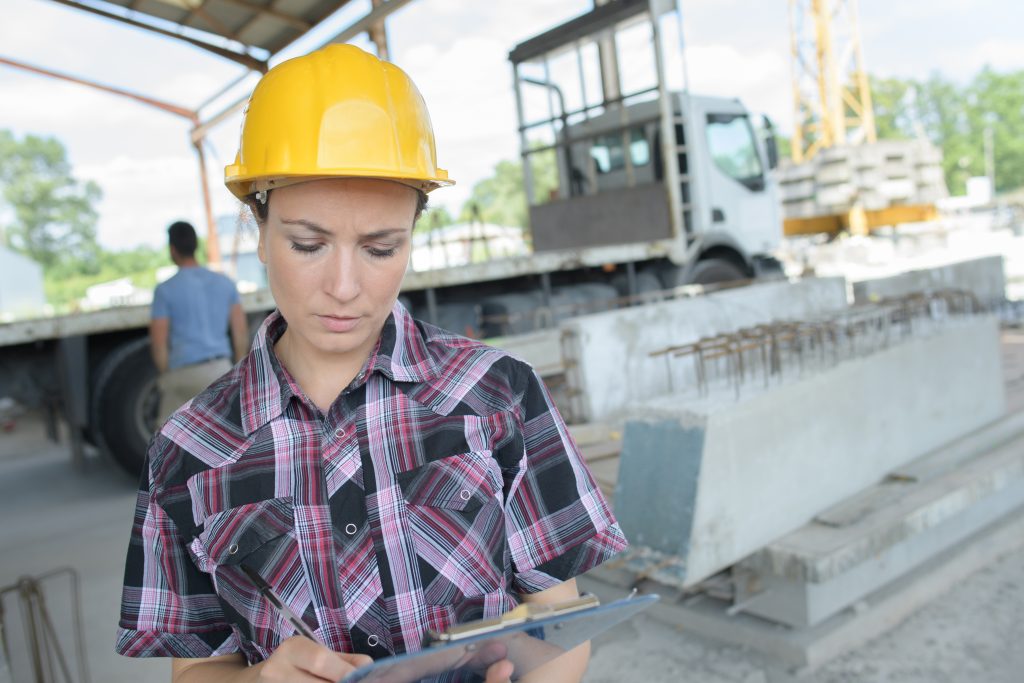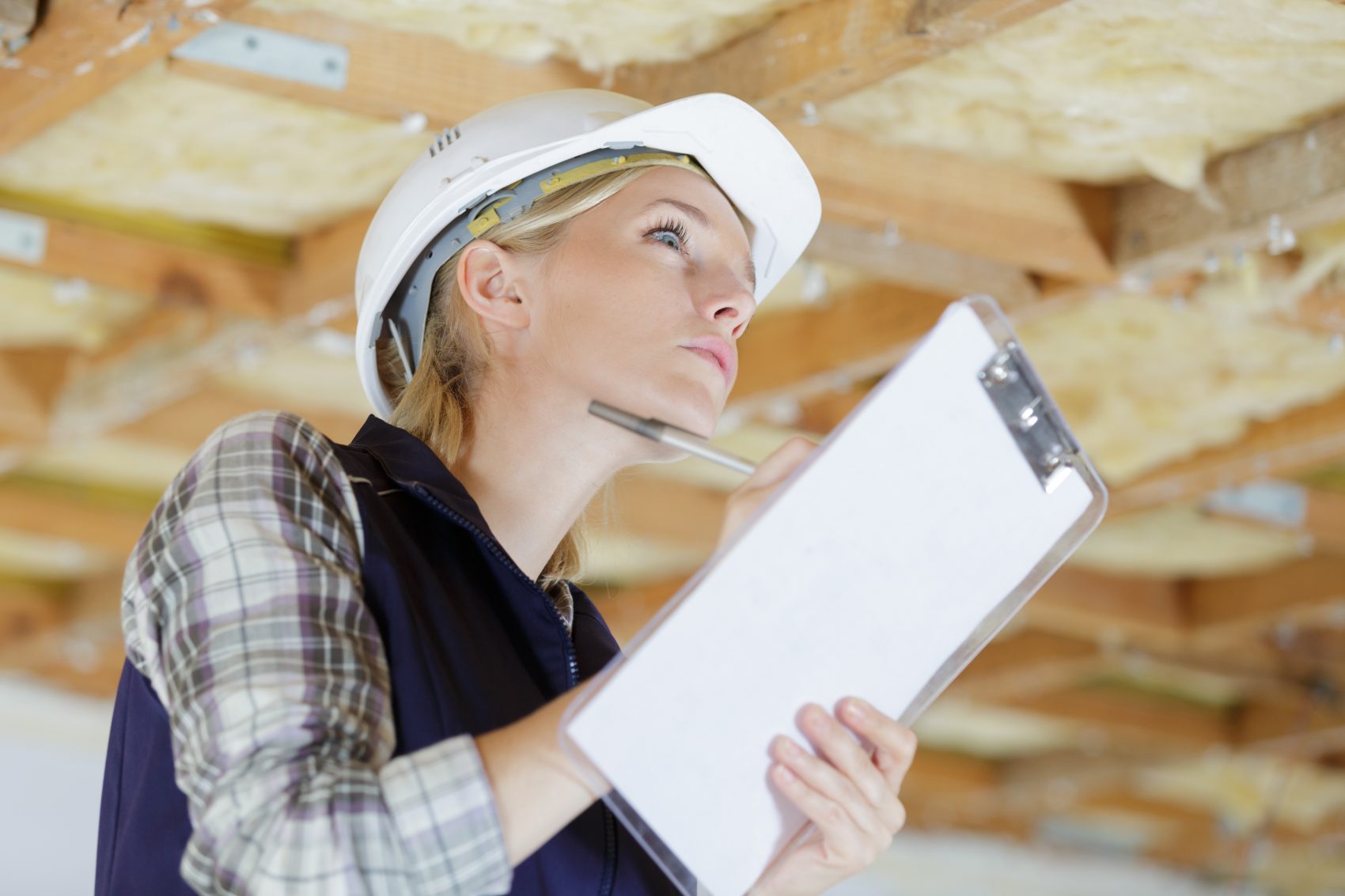Building Regulations are changing… what you need to know!
Why are the changes happening?
The (DLUHC) Department for Levelling Up, Housing, and Communities are bringing in the changes as part of a longer-term plan to reach net-zero carbon emissions.
These are being brought in now to help with the transition to start reducing our carbon emissions. Bigger changes are on the horizon in 2025 when the Future Homes and Building Standard will be introduced.
The changes in June 2022 will offer a smoother transition and help to reduce carbon emissions in the meantime.
What is the Future Homes and Building Standard?
The Future Homes and Buildings Standard is a set of standards that will impose stricter requirements on new homes built from 2025 onwards, in order to reduce carbon emissions by 75-80%. The government hopes that this will help to tackle climate change and provide a roadmap for the industry and homeowners to reach the net-zero targets for 2050.

What are the aims of these changes?
Reduce emissions in residential buildings
By improving the energy efficiency requirements for windows, doors, and walls.
Also, a new performance metric will be introduced called ‘primary energy’, which focuses on the efficiency of the building’s heating system.
Prevent overheating in new builds
Fitting suitable shade devices like awnings or shutters will become part of the new regulations with an aim to limit overheating along with glazing design in new houses.
Removing access heat without relying on air conditioning, which is energy consuming will also be key, recommendation will be good cross-ventilation and openings on opposing walls. Insulated pipework will also be advised.
Improved ventilation
Measures will include things like the use of trickle vents on windows. This is to prevent the spread of airborne viruses, i.e., Covid, mould, and air pollution by improving air quality.
Electric Vehicle Charging
New residential buildings will require the installation of electric vehicle charging points. Exemptions may apply, but there may still be a requirement to lay cables for future installation.
How will this affect your project?
There are pros and cons of the New building regulations which take effect from from 15th June 2022:
Pros:
- Your extension will be more thermally efficient.
- You will be able to submit your plans to Building Control at your leisure and start work on-site at a convenient time for you but before 2025 when the building regulations will change again.
Cons:
- The insulation will be more expensive, around £22/m2
- The glazing will be more expensive because it will be more thermally efficient.
If a building notice or full plans were submitted before the 15th of June 2022, they will still be applicable under the previous standards and work can go ahead, provided building work starts before the 15th of June 2023.
All plans submitted after the 15th of June 2022 will now be considered under the new Building Regulations standards meaning your project must comply with the new regulations.
More information and approved documents F, L, O, and S can be found here –www.gov.uk/government/collections/approved-documents or contact your Local Authority.

Who can I speak to about the Building Regulations changes?
Need further advice about building regulations changes or want to discuss your upcoming project? Get in touch – Personal service guaranteed for your dream home






